 Thatch Build UpThatch is a layer of organic matter that accumulates on a lawn around the base of the grass plants. Thatch is a combination of living and dead plant matter including crowns, stolons, rhizomes, and roots.
Thatch Build UpThatch is a layer of organic matter that accumulates on a lawn around the base of the grass plants. Thatch is a combination of living and dead plant matter including crowns, stolons, rhizomes, and roots. Compacted SoilWhen the soils is too hard for a seed to penetrate and grow roots. Water does not saturate very well often suffocating your lawn.
Compacted SoilWhen the soils is too hard for a seed to penetrate and grow roots. Water does not saturate very well often suffocating your lawn. Invasive Grass and WeedsIn a Eco system many type of plants fight for nutrients. Often times certain weeds thrive in soils with heavy thatch.
Invasive Grass and WeedsIn a Eco system many type of plants fight for nutrients. Often times certain weeds thrive in soils with heavy thatch.
 Thatch Build UpThatch is a layer of organic matter that accumulates on a lawn around the base of the grass plants. Thatch is a combination of living and dead plant matter including crowns, stolons, rhizomes, and roots.
Thatch Build UpThatch is a layer of organic matter that accumulates on a lawn around the base of the grass plants. Thatch is a combination of living and dead plant matter including crowns, stolons, rhizomes, and roots. Compacted SoilWhen the soils is too hard for a seed to penetrate and grow roots. Water does not saturate very well often suffocating your lawn.
Compacted SoilWhen the soils is too hard for a seed to penetrate and grow roots. Water does not saturate very well often suffocating your lawn. Invasive Grass and WeedsIn a Eco system many type of plants fight for nutrients. Often times certain weeds thrive in soils with heavy thatch.
Invasive Grass and WeedsIn a Eco system many type of plants fight for nutrients. Often times certain weeds thrive in soils with heavy thatch.
Remedy for a patchy and unhealthy lawn:
When you lawn is looking less green and has more spots of yellow than you care to admit, perhaps it might be time to consider lawn aeration and seeding. Several factors can contribute to you lawn not looking its best, but being proactive can put you on the right path to recovery. These factors include:
- Heavy thatch build up – Thatch is a layer of organic matter that accumulates on a lawn around the base of the grass plants. Thatch is a combination of living and dead plant matter including crowns, stolons, rhizomes, and roots.
- Hard soils and compacted soils – When the soils is too hard for a seed to penetrate and grow roots. Water does not saturate very well often suffocating your lawn.
- Weeds and invasive grass – In a Eco system many type of plants fight for nutrients. Often times certain weeds thrive in soils with heavy thatch.
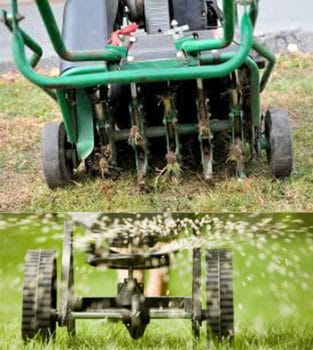
When you have completed aerating your lawn, you can start to apply fertilizer or sew seeds into your lawn. The soil is opened up and ready to accommodate more water and oxygen into the soil. This creates an ideal environment for grass seeds to grow. Follow these steps to establish grass seeds.
- Prepare the Site – Aerating the soil, is a great step, but you can also rotor til large areas if you have to go to more extreme methods.
- Prepare the Soil – Water thoroughly and deep into the soil about 1 to 2 inches. Apply fertilizer about 1 week before planting seeds.
- Plant the Seed – using a feeder will provide a consistent layer of coverage for your grass seed.
- More Water – once seeding has been completed, you should keep soil moist to provide optimum growth.
- Monitor Seed Establishment – Check for seed growth and color through out the lawn
- Regular Mowing – Keeping your grass mowed regularly will maintain the your grasses growth. Grass that is too long will retain too much moisture and result in fungus or certain types of weeds. Mowing too short can burn or dry out the soil faster and inhibit your grassed establishment.
Click here to learn more about Ryno Lawn Care’s lawn aerating services!
Planting grass seed is an economical way to expand healthy grass around your home or improve your existing lawn. The more healthy grass grows and establishes its roots, thus will block out invasive weeds and grasses into your lawns soils.
Related article: How to Improve Clay Soil for Lawns

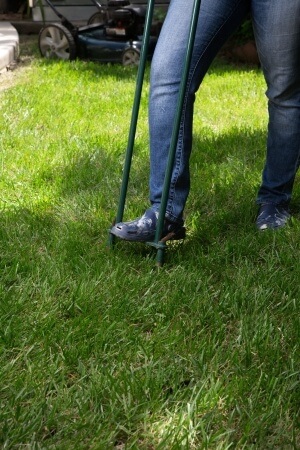
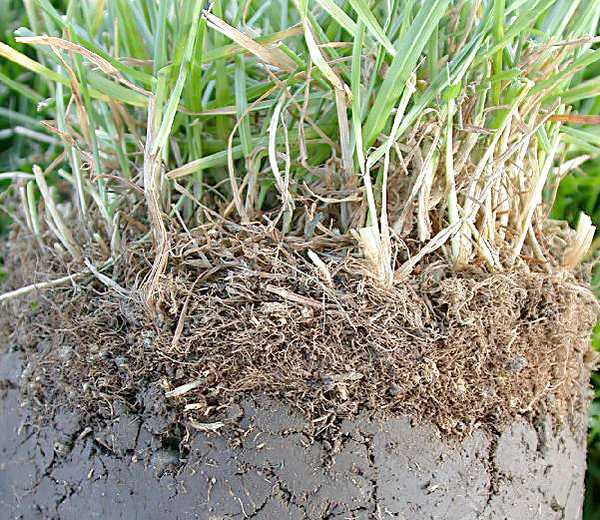
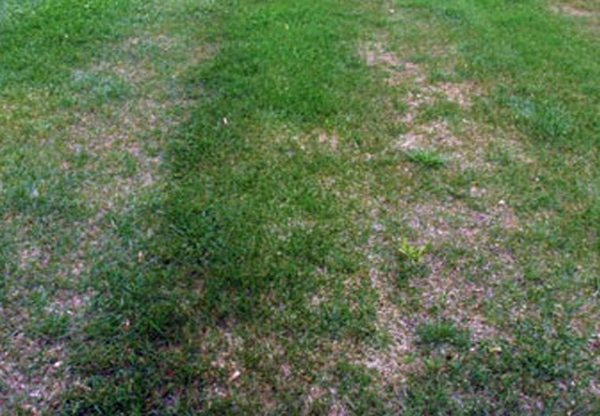
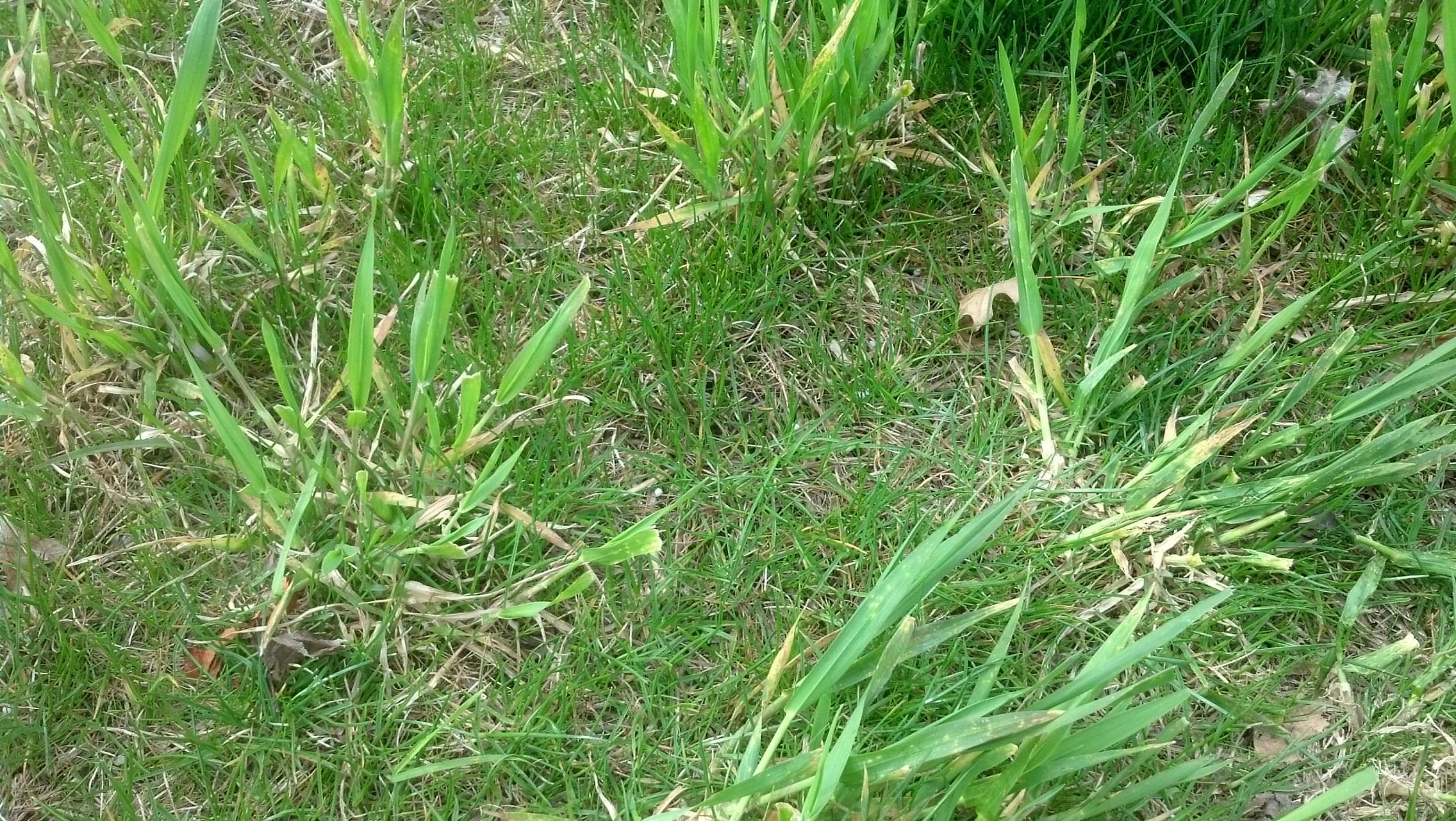

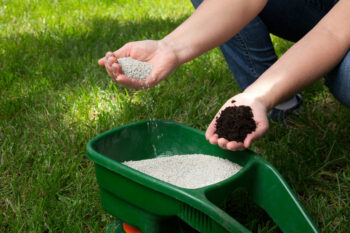
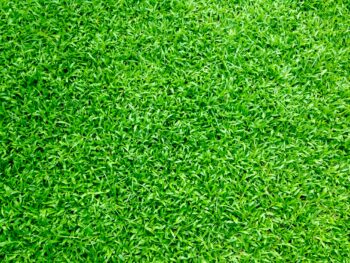
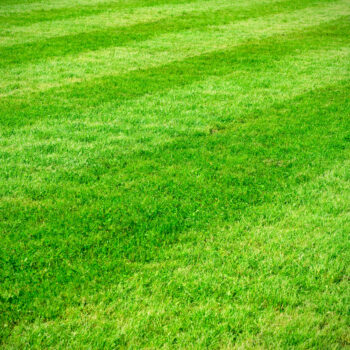
One Response
Great read! This is very helpful